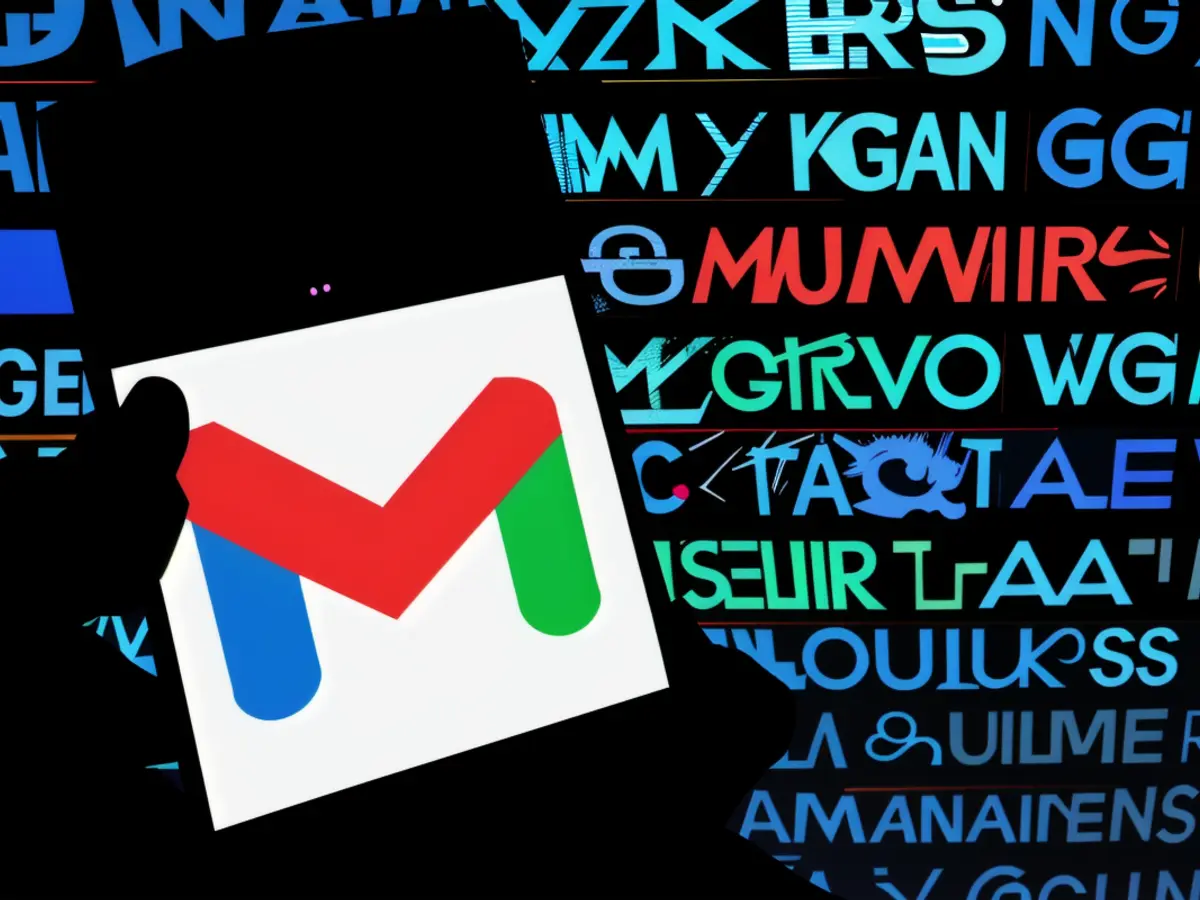In the Wake of Gmail Hack Attacks—Four Strategies to Safeguard Your Email Domain
Not all Gmail-related problems can be blamed on "hackers" regardless of how you perceive them. Some are mere red herrings, I must admit. For instance, if emails are failing to appear in Gmail inboxes, it's wise to scrutinize your domain authentication protocols to ensure they adhere to Google's standards. Regrettably, Gmail remains a prime target for all sorts of cyber threats, and comprehending the danger is vital to effectively managing it. Here's what you should know about potential Gmail email account threats and how to thwart them as we approach 2025.
Link Hovering Gmail Threats
Avoid clicking links is a standard advice from security experts to safeguard users against old phishing techniques. The rationale behind this is that if you hover your cursor over a link prior to clicking it, the genuine malicious URL will appear instead of the deceiving one the attacker intends to deceive you with. However, Gmail hackers have devised a way to bypass this link protection by spoofing the link hover text. All that's required is some basic HTML coding, not anything sophisticated at all, which modifies the mouseover text label displayed next to the hovered-over link while the actual URL is displayed elsewhere. When utilizing a web client to access Gmail, the real URL is displayed, like in Chrome, at the bottom of the screen. Utilize a desktop or mobile app instead as these don't have the same URL placement and can evade the malicious tactic. "Gmail blocks more than 99.9% of spam, phishing attempts, and malware from reaching you," a Google spokesperson stated, "As part of our AI-based protections, Gmail takes into account link obfuscation methods when classifying messages. Additionally, Gmail automatically scans attachments in sent and received messages for viruses."
10-Second Gmail Hacking Attempts
The 10-second Gmail hack attack threat is more prevalent than you might think. This is primarily due to it exploiting a moment of vulnerability, just like countless hacking attempts. To illustrate, I conducted an experiment by posting a message seeking assistance in regaining access to my Gmail account on a certain platform. Despite the platform, the response would've been the same. Numerous replies offering help, within 10 seconds of posting, and not one bit helpful; instead, they tried to exploit the situation to steal money or gain access to my account credentials. Only ever seek assistance from Google itself when trying to regain access to your account, which you can do safely by clicking here.
AI-Generated Gmail Account Takeover Attempts
AI deepfakes are increasingly being employed in Gmail account takeover attempts. Check out this viral story I recently shared, which has been viewed by over 2 million people, detailing one such attack against a security consultant. The incredibly realistic AI scam call claimed that the user's Gmail account was under attack and someone was attempting to change his account credentials. If a security consultant nearly fell for this tactic, so can you. The main takeaway is that a notification requesting Google account recovery approval was received, followed by a missed phone call. Seven days later, another such notification and call were made, but this time the telephone was answered. A convincing conversation with what appeared to be a genuine Google support number and a real support technician ensued. However, it was all being generated by generative AI. Stay calm if someone contacts you claiming to be from Google support; they won't call you, so there's no harm in hanging up. Examine your Gmail activity to see if any devices other than your own have been using your account.
Gmail 2FA Bypass Attempts
The theft of cookies from your browser, specifically session cookies, allows hackers to bypass your 2FA protections. Acquiring a cookie that validates a user session following the 2FA step has already been completed grants the attacker complete control over that session—complete control to adjust your Gmail recovery options, 2FA, and more. "Google research has shown that security keys provide a stronger protection against automated bots, bulk phishing attacks, and targeted attacks than SMS, app-based one-time passwords, and other forms of traditional two-factor authentication," a Google spokesperson reported. I would recommend transitioning to a Google passkey for accessing your Gmail account for this reason.
- Despite Google's claims that Gmail blocks over 99.9% of spam, phishing attempts, and malware, users should be aware of the 10-second Gmail hack attack, which can exploit a moment of vulnerability to attempt account takeover.
- AI deepfakes are being used in increasingly sophisticated Gmail account takeover attempts, such as the one detailed in a viral story I recently shared, where an AI scam call attempted to change a user's Gmail credentials by impersonating Google support.
- To thwart potential Gmail hack attacks, it's recommended to transition to using a Google passkey for account access instead of relying on traditional two-factor authentication methods that can be bypassed by stealing session cookies.
- Hackers have found ways to bypass Gmail's 2FA protections by stealing session cookies, giving them control over a user's session and allowing them to adjust recovery options and other account settings.
- In light of these threats, it's essential to reevaluate your Gmail security measures and consider implementing additional protections, such as using a desktop or mobile app instead of a web client to access Gmail and scrutinizing link hover text to avoid phishing attacks.






